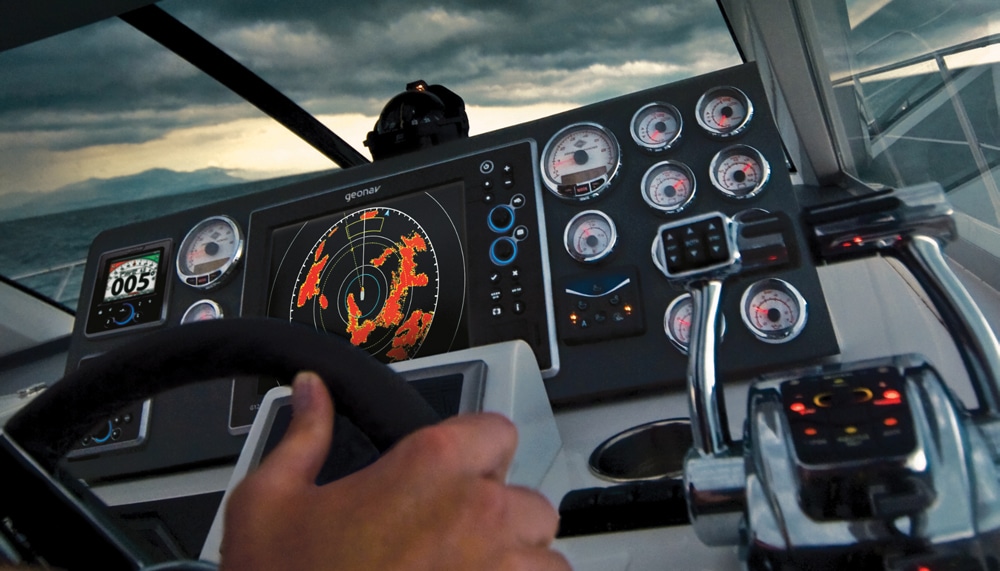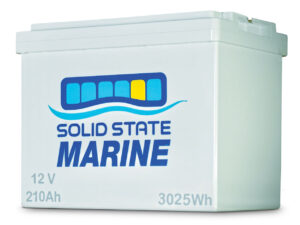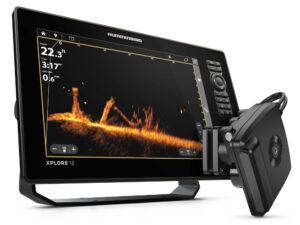
Geonav
Q. Is buying used equipment a good way to save on electronics?
A. Used electronics can save money but can also be risky. First, ask yourself some questions. Will the equipment meet your needs and expectations for now and in the future? Is the equipment expandable? Many older models cannot be upgraded or networked with new features like AIS, HD digital radar, chirp sonar and side-imaging-enhanced fish finding that you may want to add sometime.
Are you buying an orphan? Before you buy, it is a good idea to contact the factory’s tech-support department and find out if it still services so-called legacy models (noncurrent products) and has parts available.
Does the equipment have the latest software? Is current software available and downloadable at the manufacturer’s website? If a chart card is needed, does it come with one for your area? Some chart cards are no longer available for legacy models. Will you have to purchase any additional items (transducers, mounting brackets, power cables, antennas, etc.) to make the equipment operational? If so, make sure such accessories are available.
Tips for Buying Used Electronics
1. If you are planning to buy used electronics, it is essential that you have a right of return for a full refund if you are unsatisfied for any reason. You should ask for at least a 30-day right of return.
2. Don’t overlook the cost of shipping. Depending on the size and weight of the item(s), this can be significant. Should you want to return it, the shipping costs can double.
3. If you are not familiar with the model you are considering, you may want to check online for general information and owner comments.
4. Also, check to see what similar models are being offered for sale to confirm you pay a fair price.
5. Purchase locally when possible. This is a little safer than purchasing online from an unfamiliar source. You are best off to find someone in your area who may be upgrading his or her electronics to newer models.
6. It would be a real advantage if you could see the older equipment in operation on a boat before it is removed and replaced. That would confirm the instrument is in good working order and meets your needs, and it offers the opportunity for hands-on operation.
7. Does it come with a manual? If not, are downloadable copies available from the manufacturer’s website?
Buying a Used Boat With Existing Electronics
1. If you are buying a used boat with existing electronics, confirm operation of the electronics with a demonstration including a test underway to check the autopilot, depth/fish finder, boat speed indicator or radar. This may also provide some helpful operating tips as well.
2. Consider hiring the services of a local marine electronics dealer or technician to survey the equipment to determine its operation and true value.
3. When negotiating a price, it is best to assume that you will need to replace and upgrade older electronics. This will help ensure you pay a fair price for the boat itself. Unless the equipment includes recent models, you shouldn’t pay extra for older electronics.
Advantages of Buying New
1. Before you buy, check competitive pricing on new electronics. Manufacturers frequently offer specials. Boat shows are a good source of bargains as well.
2. Check your local electronics dealer for markdowns, older inventory, discontinued models and showroom demos, as well as trade-ins. A dealer is in the best positon to provide a good price and a professional installation or back you up if you choose to do the installation yourself. A dealer can also instruct you on equipment operation, handle any warranty issues, and be an advisor to turn to if you have questions.
3. A factory-certified technical installation dealer for certain brands might be able to certify and extend your equipment warranty an extra year or more. Also, the dealer might be able to provide an “onboard warranty” to cover the cost of labor on the boat, which is not normally offered by many manufacturers.








